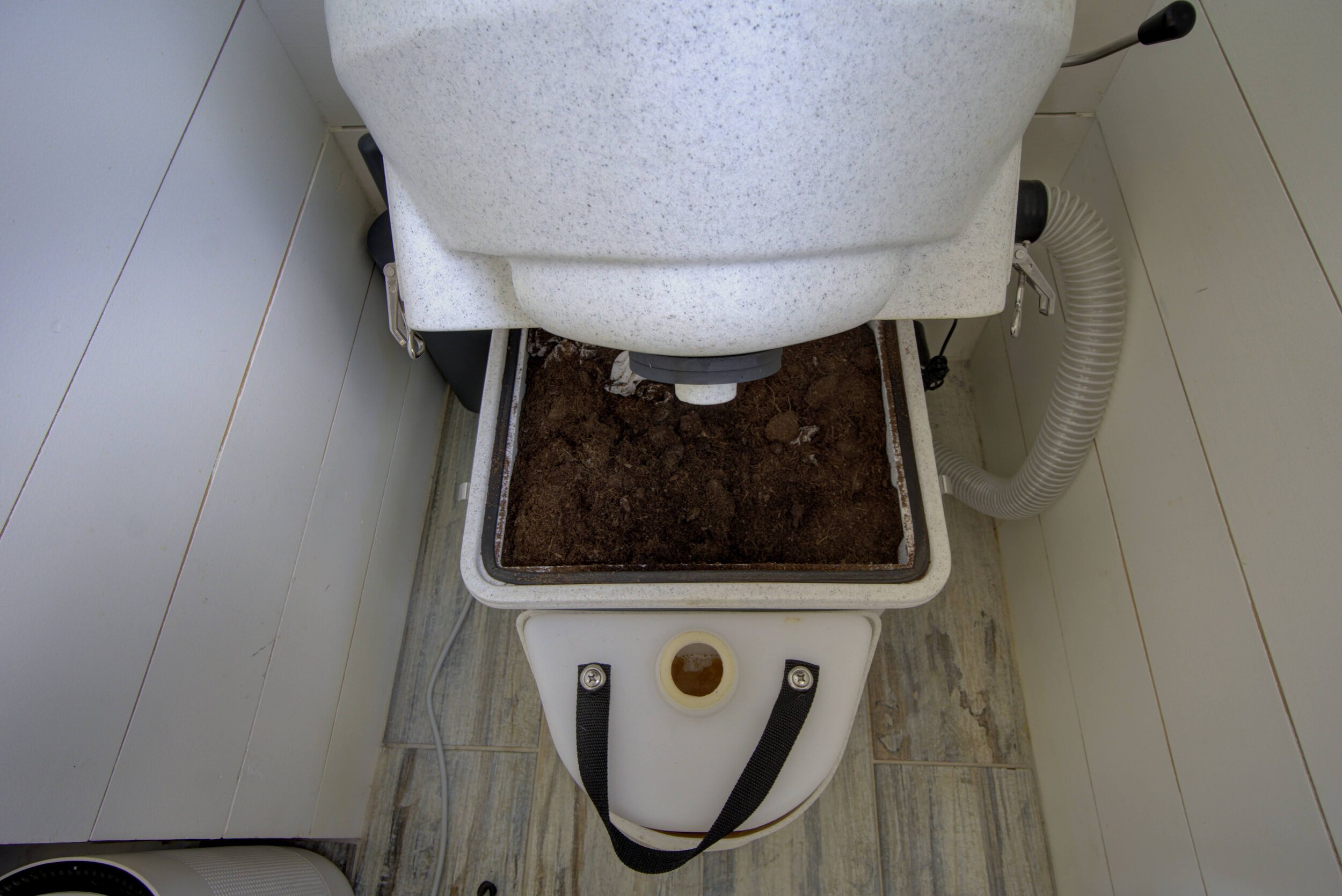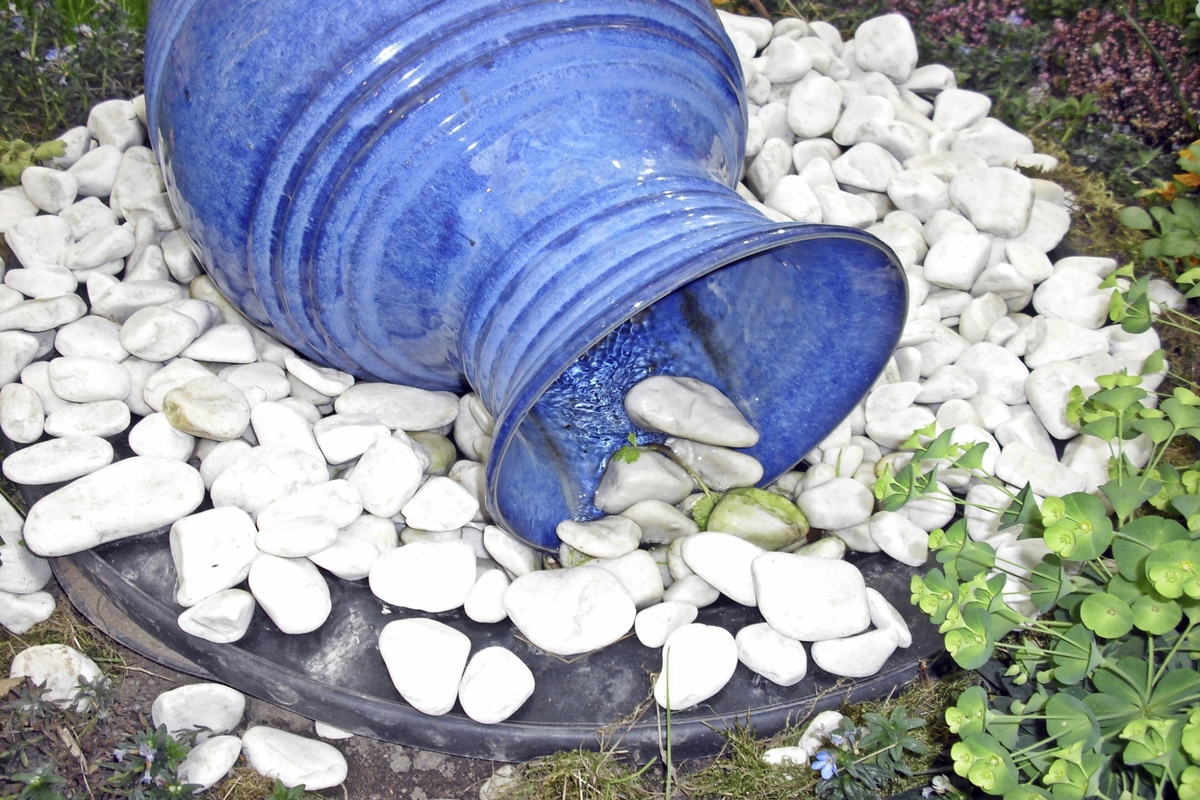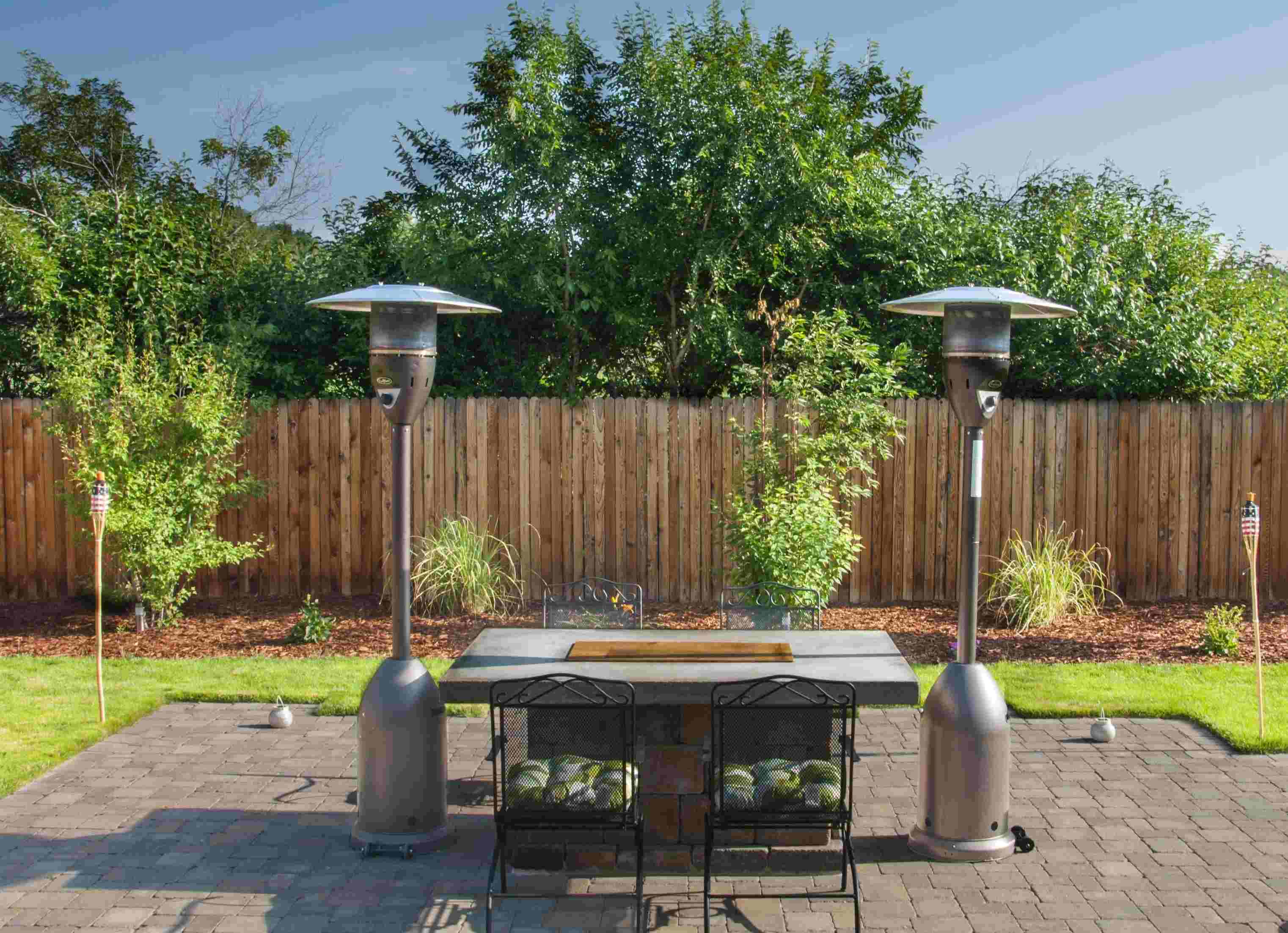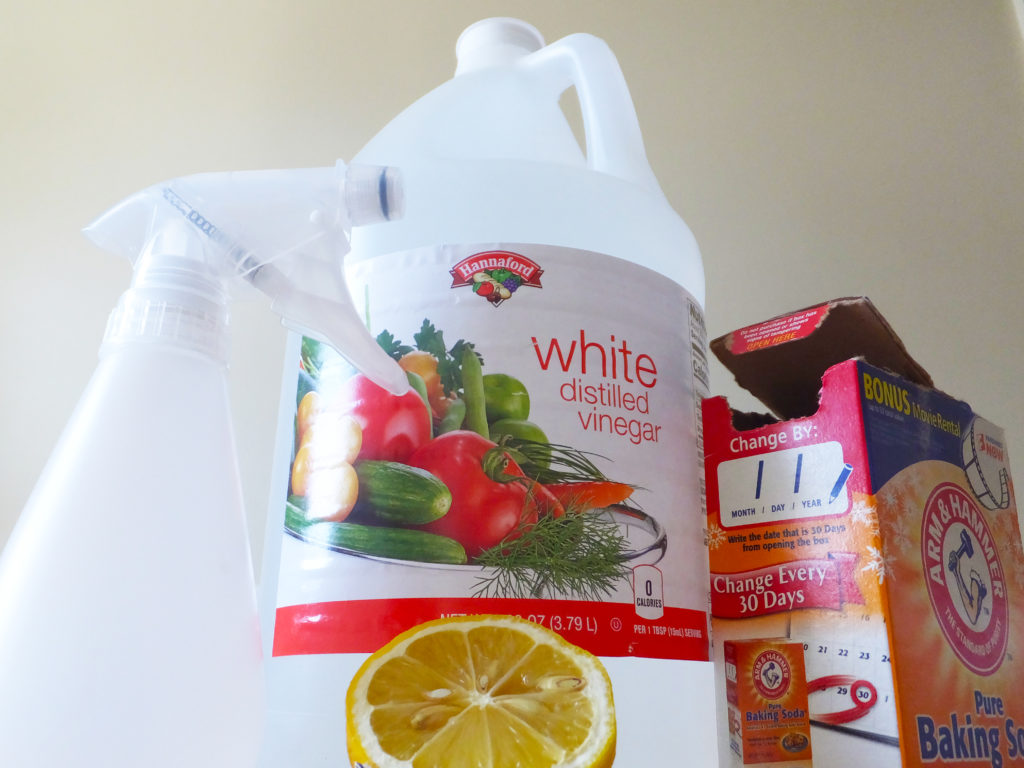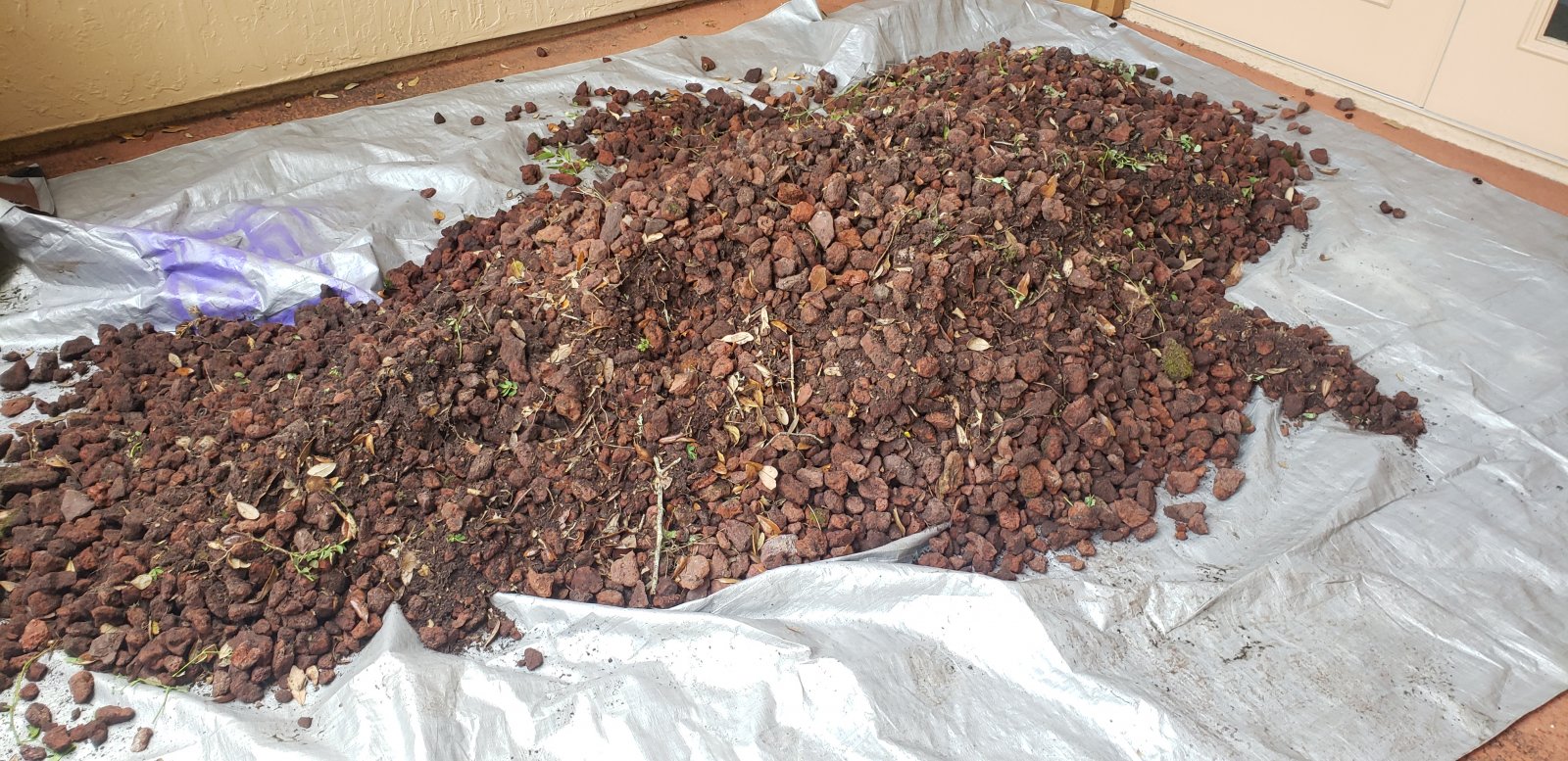Home>Gardening Tips and Tricks>Eco-Friendly Gardening>How To Clean Salt Build Up In Hydroponics
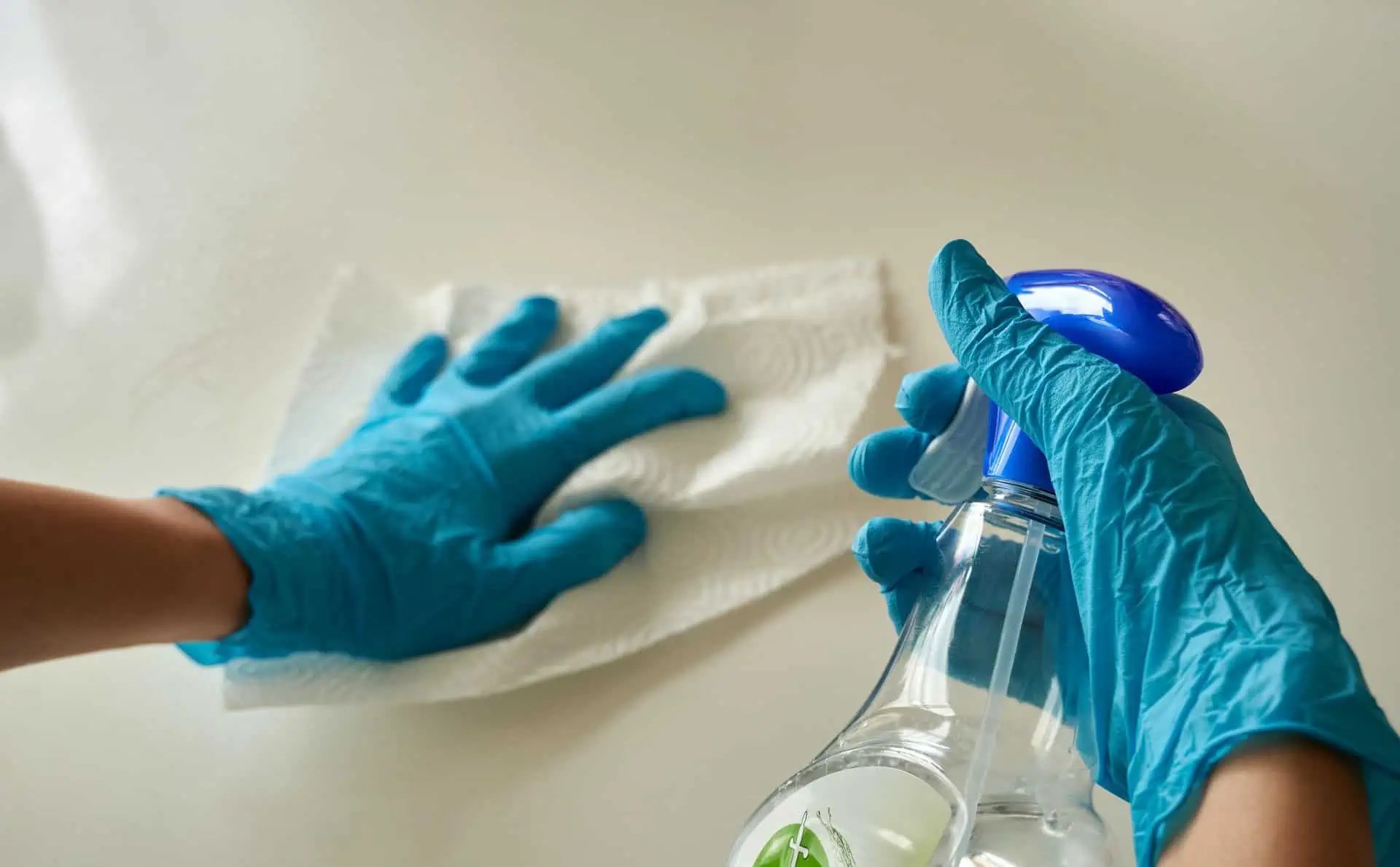

Eco-Friendly Gardening
How To Clean Salt Build Up In Hydroponics
Published: September 23, 2023
Learn how to effectively remove salt build-up in your hydroponics system using eco-friendly gardening methods.
(Many of the links in this article redirect to a specific reviewed product. Your purchase of these products through affiliate links helps to generate commission for Chicagolandgardening.com, at no extra cost. Learn more)
Table of Contents
Introduction
Welcome to the world of hydroponics, a modern and eco-friendly approach to gardening. Hydroponics allows you to grow plants without using soil, instead utilizing a nutrient-rich water solution as the growing medium. This innovative method offers numerous benefits, including faster growth rates, higher yields, and the ability to grow plants in any season.
However, like any other gardening method, hydroponics requires regular maintenance to ensure optimal plant health and growth. One common issue that hydroponic gardeners may encounter is salt buildup in their systems. This occurs when the water evaporates, leaving behind salt particles and minerals that can accumulate over time.
While some salt content is essential for healthy plant development, excessive salt buildup can be detrimental to your hydroponic system’s overall performance. It can lead to nutrient imbalances, hinder water absorption by the plants’ roots, and even cause plant stress or damage. That’s why it’s crucial to understand how to identify and address salt buildup in your hydroponics system.
In this article, we will delve deeper into the topic of cleaning salt buildup in hydroponics. We will guide you through the process, step-by-step, and provide alternative methods for removing salt buildup. Additionally, we will discuss preventive measures to help you avoid salt accumulation in the first place.
Whether you are a novice hydroponic gardener or an experienced enthusiast, this article will equip you with the necessary knowledge and tools to maintain a healthy and thriving hydroponics system.
Understanding Salt Build Up in Hydroponics
Before we dive into the cleaning process, it’s important to understand why salt buildup occurs in hydroponics systems. Salt buildup primarily stems from the use of nutrient solutions in hydroponics, which contain various essential minerals and elements for plant growth.
When you water your hydroponic plants, the water evaporates, leaving behind the dissolved minerals in the form of salts. Over time, these salts can accumulate and create an imbalance in your system’s nutrient concentration. This is particularly true if you are using hard water or tap water, as they tend to contain higher mineral content.
The accumulation of salts can have several negative effects on your hydroponic system. Firstly, it can interfere with the plant’s ability to absorb essential nutrients, leading to stunted growth or nutrient deficiencies. Secondly, salt buildup can alter the pH level of your nutrient solution, making it more acidic or alkaline, further affecting plant health.
Furthermore, salt buildup can impact the overall water quality in your hydroponic system. It can clog the tiny openings of your irrigation system, reducing water flow and oxygen availability to the plant roots. This can create an environment conducive to the growth of harmful bacteria and fungi, increasing the risk of diseases in your plants.
To prevent these issues and ensure optimal plant growth, it is crucial to address salt buildup in your hydroponic system. Regular cleaning and maintenance can help you maintain a healthy and well-balanced environment for your plants to thrive.
In the next section, we will walk you through the importance of regular cleaning and the potential consequences of neglecting this crucial step in hydroponic gardening.
The Importance of Regular Cleaning
Regular cleaning and maintenance are essential components of successful hydroponic gardening. By keeping your hydroponic system clean and free from salt buildup, you can ensure the health and longevity of your plants. Let’s explore the key reasons why regular cleaning is important:
- Maintaining nutrient balance: Salt buildup can disrupt the balance of nutrients in your hydroponic system, leading to nutrient imbalances and deficiencies in your plants. Regular cleaning helps remove excess salts and ensures that your plants have access to the right amount of nutrients at all times.
- Promoting optimal water flow: Salt accumulation can clog the irrigation system in your hydroponic setup, obstructing water flow to the plant roots. This can lead to inadequate water uptake, causing water stress in your plants. Regular cleaning helps unclog the system and ensures proper water flow, allowing your plants to absorb water and nutrients efficiently.
- Preventing pH fluctuations: Salt buildup can alter the pH level of your nutrient solution, making it more acidic or alkaline. This can have negative effects on plant health and nutrient absorption. Regular cleaning helps maintain a stable pH level, creating a favorable environment for your plants to thrive.
- Reducing the risk of pests and diseases: Salt buildup provides a breeding ground for harmful bacteria, fungi, and pests. If left unchecked, these can take over your hydroponic system and infect your plants. Regular cleaning and maintenance help mitigate the risk of pests and diseases, promoting a healthier growing environment.
- Maximizing plant growth and yield: By ensuring a clean and well-maintained hydroponic system, you are providing your plants with the optimal conditions for growth. This can result in faster growth rates, larger yields, and healthier plants overall.
Remember, prevention is better than cure when it comes to salt buildup in hydroponics. By establishing a routine cleaning schedule, you can prevent salt accumulation from becoming a major issue in your system. In the next section, we will discuss the tools and materials you will need to effectively clean salt buildup in your hydroponic system.
Tools and Materials Needed
Now that you understand the importance of regular cleaning in hydroponics, let’s discuss the tools and materials you will need to effectively clean salt buildup in your system. Having the right equipment on hand will make the cleaning process much more efficient and straightforward. Here are the essential items you will need:
- Pump or air stone: A pump or air stone is necessary to circulate the cleaning solution throughout your hydroponic system. It helps dislodge and remove salt deposits from various components.
- Clean water: You will need a sufficient amount of clean water to flush your hydroponic system thoroughly. It is recommended to use distilled or filtered water to avoid introducing additional minerals or contaminants.
- Cleaning agent or solution: There are various commercially available cleaning agents specifically designed for hydroponic systems. These solutions are formulated to effectively dissolve salt buildup without harming your plants. Alternatively, you can use household items like vinegar or citric acid mixed with water as a DIY cleaning solution.
- Brush or sponge: A soft-bristled brush or sponge will be useful for scrubbing and removing stubborn salt deposits from the surfaces of your hydroponic system’s components.
- Bucket or container: You will need a bucket or container large enough to hold the cleaning solution and allow you to soak and clean smaller components of your hydroponic system.
- Gloves and protective eyewear: It is essential to protect yourself while handling cleaning agents and potentially contaminated parts of your hydroponic system. Wearing gloves and protective eyewear will ensure your safety during the cleaning process.
Having these tools and materials ready beforehand will save you time and make the cleaning process more efficient. Remember to follow safety guidelines and instructions provided by the cleaning agent manufacturer when handling and using cleaning solutions.
In the next section, we will walk you through a step-by-step guide to cleaning salt buildup in your hydroponic system.
Step-by-Step Guide to Cleaning Salt Build Up
Now that you have gathered the necessary tools and materials, let’s dive into the step-by-step process of cleaning salt buildup in your hydroponic system:
- Prepare the cleaning solution: Mix the appropriate amount of cleaning agent or DIY solution with clean water in a bucket or container. Follow the instructions provided by the cleaning agent manufacturer or refer to the recommended ratios for DIY solutions.
- Disconnect the power: Before beginning the cleaning process, ensure that all electrical components, such as pumps or timers, are turned off and disconnected from the power source to prevent any accidents.
- Remove plants and growing medium: Carefully remove your plants from the hydroponic system and set them aside in a safe location. Take out the growing medium, such as rockwool or clay pebbles, and rinse them separately with clean water, removing any visible salt residue.
- Flush the system: Drain the nutrient solution from your hydroponic system and rinse it thoroughly with clean water. This helps remove any loose debris or residues before proceeding with the cleaning solution.
- Soak and clean specific components: Submerge smaller components, such as tubes, fittings, or air stones, in the cleaning solution. Allow them to soak for the recommended duration specified by the cleaning agent manufacturer or DIY solution guidelines. Use a brush or sponge to gently scrub away salt buildup from these components.
- Rinse and disinfect: After soaking, remove the components from the cleaning solution and rinse them thoroughly with clean water to wash away any remaining residue. If desired, you can also disinfect the components with a mild disinfectant solution to eliminate any potential pathogens.
- Reassemble and refill the system: Once all components are clean and dry, reassemble your hydroponic system properly. Refill the system with fresh nutrient solution, ensuring that the salt concentration is within the recommended range for your plants’ needs.
- Reintroduce plants: Carefully place your plants back into the hydroponic system with the clean growing medium. Adjust any necessary settings, such as pH and nutrient levels, to ensure optimal growing conditions for your plants.
- Maintain regular cleaning schedule: To prevent future salt buildup, establish a routine cleaning schedule for your hydroponic system. This will help maintain a healthy growing environment and ensure the longevity of your system.
Following these steps will effectively clean salt buildup in your hydroponic system and create a favorable environment for your plants to thrive. Remember to always prioritize safety and refer to the instructions provided by the cleaning agent manufacturer or DIY solution guidelines.
In the next section, we will explore alternative methods for removing salt buildup in hydroponic systems.
Alternative Methods for Salt Build Up Removal
While the step-by-step guide discussed earlier is an effective way to clean salt buildup in hydroponic systems, there are alternative methods you can explore as well. These methods may offer additional options or variations to suit your specific needs. Here are a few alternative methods for removing salt buildup:
- Flush with plain clean water: Instead of using a cleaning solution, you can perform a thorough flushing of your hydroponic system with plain clean water. This helps remove salt accumulation without the need for additional chemicals or agents. It is important to ensure thorough rinsing to eliminate as much salt residue as possible.
- Use reverse osmosis (RO) water: If your tap water or source water has high mineral content, consider using reverse osmosis (RO) water in your hydroponic system. RO water goes through a filtration process that removes most minerals and impurities, reducing the chances of salt buildup in the first place.
- Implement a maintenance dose of a chelating agent: Chelating agents can help prevent mineral buildup in hydroponic systems. These agents bind to the mineral ions, keeping them in a form that is more easily accessible for plant absorption. Adding a maintenance dose of a suitable chelating agent to your nutrient solution can aid in preventing salt accumulation over time.
- Install a water softener: If you consistently face issues with hard water and excessive mineral content, it may be beneficial to invest in a water softener. A water softener removes calcium and magnesium ions, which are primarily responsible for water hardness. Softening the water before it enters your hydroponic system can significantly reduce the potential for salt buildup.
- Adjust nutrient solution strength and frequency: By carefully managing the strength and frequency of your nutrient solution, you can help prevent excessive salt accumulation. Monitor and control the nutrient levels based on your plants’ needs, ensuring that you are not overfeeding them. Additionally, adjusting the frequency and duration of nutrient solution changes can help minimize the chances of salt buildup.
These alternative methods provide different approaches to combating salt buildup in hydroponic systems. Experiment with these methods and find what works best for your specific setup and plant requirements. Remember to regularly monitor your hydroponic system and make adjustments as needed to maintain a healthy growing environment.
In the next section, we will discuss preventive measures to help you avoid salt buildup in your hydroponic system.
Preventing Salt Build Up in Hydroponics Systems
Prevention is key when it comes to salt buildup in hydroponic systems. By implementing proactive measures, you can minimize the chances of salt accumulation and maintain a healthy growing environment for your plants. Here are some preventive measures to consider:
- Monitor and maintain pH levels: Regularly test and adjust the pH levels of your nutrient solution. Ensure that the pH is within the proper range for your plants’ needs. This helps prevent nutrient imbalances and minimize the risk of salt buildup.
- Use quality water: Start with high-quality water to minimize the mineral content and potential salt buildup. If your tap water is high in minerals, consider using filtered or distilled water in your hydroponic system. This can help reduce the initial salt load in your system.
- Maintain proper nutrient solution strength: Follow the recommended nutrient dosages and mixing ratios for your plants. Avoid overfeeding or using excessive nutrient solutions, as this can lead to salt accumulation. Regularly check and adjust the nutrient strength based on your plants’ growth stages and nutrient requirements.
- Implement a regular cleaning schedule: As discussed earlier, establish a routine cleaning schedule for your hydroponic system. Regularly flush and clean the components to remove any salt buildup before it becomes a significant issue. This step helps maintain optimal plant growth and system performance.
- Monitor and address nutrient deficiencies: Nutrient deficiencies can lead to imbalances and subsequent salt buildup. Regularly check your plants for any signs of nutrient deficiencies, such as yellowing leaves or stunted growth. Address these deficiencies promptly by adjusting the nutrient solution or providing necessary supplements.
- Consider using hydroponic additives: There are various hydroponic additives available in the market that can help prevent salt accumulation. These additives include products that promote root health and nutrient uptake, as well as enzymes that break down organic matter in the system, reducing the risk of salt buildup.
- Regular system maintenance: Apart from cleaning, ensure regular maintenance of your hydroponic system, including checking for leaks, replacing worn-out components, and ensuring proper water circulation. A well-maintained system is less prone to issues like salt buildup.
By incorporating these preventive measures into your hydroponic gardening routine, you can significantly reduce the risk of salt buildup. Monitoring and proactive maintenance will help create a healthy and sustainable growing environment, allowing your plants to thrive.
As a final note, remember that each hydroponic system is unique, and what works for one may not work for another. Pay attention to your plants’ individual needs and adjust your preventive measures accordingly. With careful attention to detail and regular monitoring, you can enjoy a successful and salt-free hydroponic gardening experience.
Conclusion
Maintaining a clean and balanced hydroponic system is crucial for the health and productivity of your plants. Salt buildup can disrupt nutrient absorption, impede water flow, and create an inhospitable environment for your plants. By understanding the causes and consequences of salt buildup, you can take proactive steps to prevent and address this issue.
In this article, we have explored the importance of regular cleaning to remove salt buildup in hydroponic systems. We have provided a step-by-step guide to effectively clean your system, using tools and materials readily available. Additionally, we have discussed alternative methods for salt removal and prevention, such as flushing with clean water or using chelating agents.
Preventing salt buildup requires consistent monitoring, regular maintenance, and adjustments to pH levels and nutrient dosages. By implementing a preventive routine and addressing nutrient deficiencies promptly, you can create an optimal growing environment for your hydroponic plants.
Remember, hydroponics is an eco-friendly gardening method that offers numerous benefits. By following the guidelines in this article, you can ensure the longevity and success of your hydroponic system. Enjoy the rewards of faster growth rates, higher yields, and the satisfaction of cultivating plants year-round!
